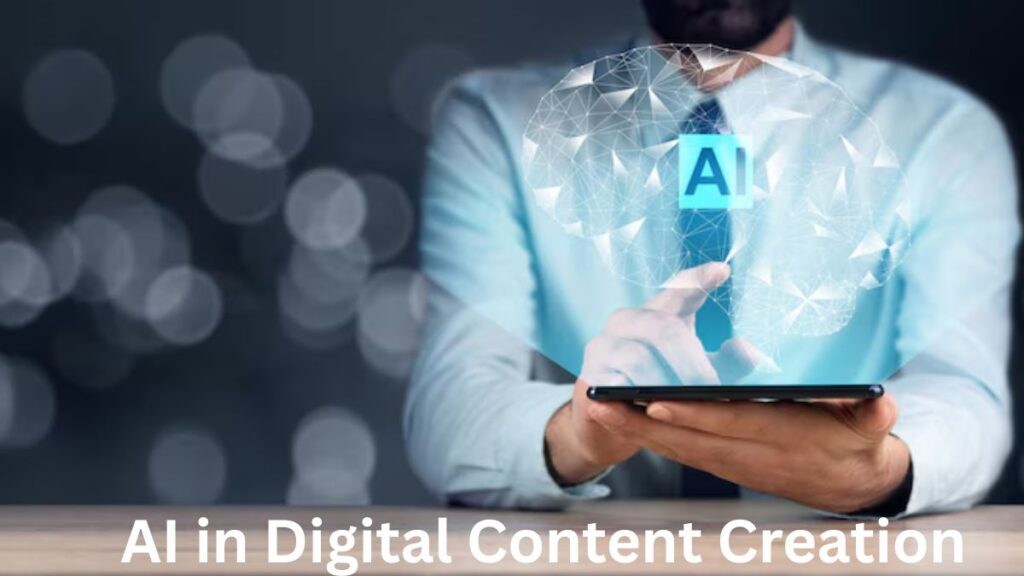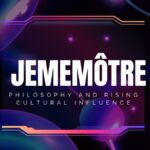Of all the digital content creation workflows, Artificial Intelligence (AI) is arguably the most impactful. The range of automation available today helps creatives with everything from video editing and retouching portraits to face swapping and lip syncing using AI. Today’s technological tools enable creatives to work in an effortless, swift, and highly intuitive manner.
In this article, we will cover all the new boundaries being pushed with AI in editing, such as AI face swap, lip sync AI, and explore how digital creators can stay ahead by adapting to new technologies.
Moving Forward with AI – The Future of Video Editing
AI is defining traditional video editing whose workflow typically involves a significant amount of manual trimming to syncing and color grading everything to perfection for hours. Tedious tasks like these are becoming a thing of the past thanks to AI editors like Runway and Pika. The tools offered by these platforms include object removal, auto captioning, even text to video generation so tellers can focus on actual storytelling instead of logistics.
Changing Faces In Video Editing
The addition of face swap technology is something particularly noteworthy because it enables creators to effortlessly change faces in videos. This is very helpful in movie making, satire, dubbing, and videos specific to a culture or region. Even indie and professional creators can achieve high-quality face replacements with tools such as DeepFaceLab.
The growth of Lip Sync AI might be even more revolutionary because it allows you to automatically align spoken audio with a character’s lip movements. Now it’s possible to seamlessly enable the dubbing of visual content into different languages, which is a huge advancement in international content distribution, thanks to Wav2Lip.
Advanced Tools for Photographers: More than Presets and Filters
It’s not new for photo editors to make use of presets and filters, but with AI, the understanding of content and context adds a new layer. Softwares like Skylum’s Luminar Neo can be programmed to relight scenes, remove power lines and even replace skies, while keeping the natural feel of the image intact.
Deepfake Technologies for Video Editing and Face Change
An ingenious application of AI face editing features is intelligent face editing. For example, some programs use face swap AI to age or de-age faces, merge faces, or even create composites for advertisements. Such tools enable creators to generate powerful imagery without complex photoshoots.
These tools stand out because of their ability to adapt to user interaction. While the photographers are performing edits, the AI customizes its offerings based on changes already made, tailoring edits based on style and preferences. With the AI taking care of the changes, photographers do not waste time working on multiple projects, all within the aesthetic frameworks set by the clients.
AI In Action: Creating Video Files Out Of Text Prompts
One of the most jaw dropping discoveries is being able to make videos using sentences or phrases. Sora, for instance, is focused on turning user submitted phrases into fully animated clips. Other platforms like Sora by OpenAI go even further, offering clients the ability to simply input a phrase, only to be greeted with a complex animated clip that depicts their sentence.
Face Swap and Lip Sync AI In Animation And Text To Video
Think about the sentence “a drone flies over a snowy mountain range at sunset”. What used to require intricate video editing with carefully sequenced footage may soon be a simple command executed in seconds. This faster editing approach enables the addition of extremely realistic characters through the use of face swap and lip sync AI.
This is much deeper for content creators, marketers, educators, and filmmakers –particularly for those operating at the lower end of the budgetary spectrum. These tools are no longer meant solely for testing–they are quickly integrating into the daily workflows of creatives.
Enhanced Content Using AI-powered Voice Technology
Audio greatly contributes to the overall impact of any visual content. For instance, Adobe Podcast makes use of AI to enhance recordings by removing background noise and even filling in silences and absences of dialogue with voice generation. Coupled with lip sync AI, the possibilities for narrative construction climb to new heights: creators can post-record audio and re-sync it to footage, irrespective of original mouth movement.
Multilingual Dubbing and Dynamic Voice Alteration
Voice modulation and soundtrack generation tools are now available for the use of everyone—great for those operating under tight deadlines or producing content in several languages. All of these with the goal to ensure high polish across YouTube, TikTok, and Instagram.
Expanding Creative Possibilities Through AI-Powered Lip Sync & Face Swap
Let’s focus on how face swap and lip sync AI are altering the content landscape.
– The Face Swap feature enables users to create satire, doubles, VFX portraits or even use them for localized marketing ads. Now, creators can utilize face transferring tools like Reface and Zao, which accomplishes the task with impressive realism.
– Lip Sync AI solves most of the problems associated with the inferior valley effect in dubbed works or in animated figures. Game developers, virtual influencers, and other professionals in the animation and dubbing fields find great value in it. Tools like Descript’s Overdub make it even more flexible by enabling the creation of dominated voiceovers.
These tools remove linguistic and financial constraints, paving the way for a new way to express and depict stories.
Challenges and Ethical Issues
The use of AI in the creative industries poses one of the most important issues: ethics. In the community, the matters of authenticity of content, deep fakes and consent, are active debates. Such powerful tools like Face swap technology and Lip sync AI can lead to disruption if utilized for misleading actions.
Ethical Concerns in AI Content Creation
When creating content with real people, there must be no violations regarding trust. Legal guidelines are continuously modified, thus always keeping yourself updated is important. Storytelling should carry the optimal frameworks and tools provided by AI, not abuse them.
Staying Ahead: How Creators Can Adapt
Content creators can stay competitive in the digital world by:
– Trying out AI video editors like Pika or Runway.
– Using AI photo editing tools such as Luminar Neo for refinement.
– Employing AI lip sync and face swap technology for creative flexibility.
– Staying up-to-date and aware of the impact of AI on society.
AI isn’t hindering a creator’s imagination, rather it is enhancing it through these new tools that allow creators to reshape, refine, and edit their digital content.
Final Thoughts
The development of new technologies is constantly changing the process of creating, revising, and viewing digital content. The introduction of lip sync and face swap AI provides a plethora of opportunities for content creators. While the new tech can improve productivity and unleash a flow of creativity, AI relies on ethical boundaries to ensure it is used sensibly. If approached the right way, AI can assist one with achieving their digital goals in the most optimal way.







